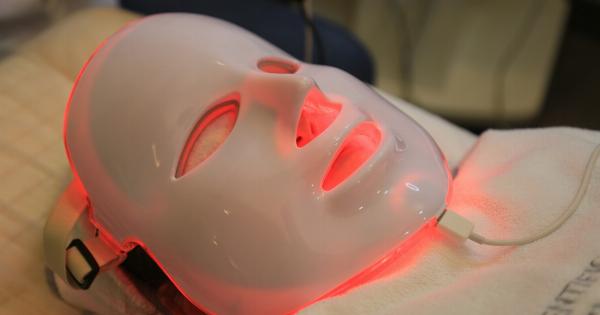Facial peeling, also known as exfoliation, is an essential step in skincare routines. It helps remove dead skin cells, unclogs pores, and enhances cell regeneration. Additionally, it aids in the absorption of skincare products, making them more effective.
With various types of face peels available in the market, it can be overwhelming to choose the right one for your needs. In this guide, we will help you navigate through the types of peels available, their benefits, and how to choose the perfect face peeling.
Types of Face Peeling
Facial peels can be divided into three types based on their exfoliating agents: chemical, physical, and enzyme.
Chemical Peels
Chemical peels use exfoliating agents such as alpha-hydroxy acids (AHAs), beta-hydroxy acids (BHAs), and enzymes to remove dead skin cells.
AHAs are derived from fruits or milk and work by dissolving the bonds between dead skin cells, making them easy to slough off. BHAs, on the other hand, are oil-soluble and penetrate deep into the pores, making them effective for oily and acne-prone skin types.
Enzyme peels, made of papaya or pineapple, dissolve dead skin cells without causing irritation, making them an excellent option for sensitive skin types.
Physical Peels
Physical peels involve the use of abrasive particles to exfoliate the skin. These particles can range from gentle exfoliants like powders and beads to harsher ones like crystals and micro-dermabrasion.
While physical peels can be effective in removing dead skin cells, they can also be harsh on the skin and lead to micro-tears. Therefore, it’s crucial to choose a gentle physical peel that suits your skin’s needs.
Enzyme Peels
Enzyme peels are similar to chemical peels but use natural enzymes from fruits and plants to exfoliate the skin. These enzymes dissolve the bonds between dead skin cells, making them easy to slough off without causing any irritation.
Enzyme peels are gentle on the skin and suitable for all skin types, especially sensitive or allergic skin.
Factors to Consider When Choosing a Face Peel
Choosing the perfect face peel depends on several factors, including your skin type, sensitivity, and the purpose of the peel. Here are some essential factors to consider before choosing a face peel:.
Skin Type
Each skin type has different needs and reactions to the exfoliating agents in peels. For instance, oily and acne-prone skin types would benefit from BHAs, while dry skin types would benefit from AHAs.
Sensitive skin types, on the other hand, would prefer enzyme or physical peels to avoid irritation.
Skin Sensitivity
If you have sensitive skin, it’s crucial to choose a gentle peel that won’t cause irritation or redness. Enzyme or physical peels are the best options as they are gentle on the skin and less abrasive than chemical peels.
Purpose of the Peel
The purpose of the peel will determine the type of peel to choose. For instance, if you want to target acne or breakouts, BHAs would be the best option. If you want to target hyperpigmentation or age spots, AHAs would be the best option.
For sensitive or dry skin types, enzyme or physical peels are the best options for brightening and improving texture.
Frequency of Use
The frequency of use will depend on the strength of the peel and your skin’s response. If you’re new to peels or have sensitive skin, it’s best to start with a gentle peel once a week.
If you have used peels before and have resilient skin, you can use a stronger peel twice a week.
Conclusion
Facial peeling is an essential step in skincare routines and can improve the texture and appearance of the skin. Choosing the perfect face peel depends on several factors, including your skin type, sensitivity, purpose of the peel, and frequency of use.
Always start with a gentle peel and work your way up to stronger peels, depending on your skin’s response. Remember to always follow the instructions and avoid overusing peels as they can cause irritation and damage to the skin.





























